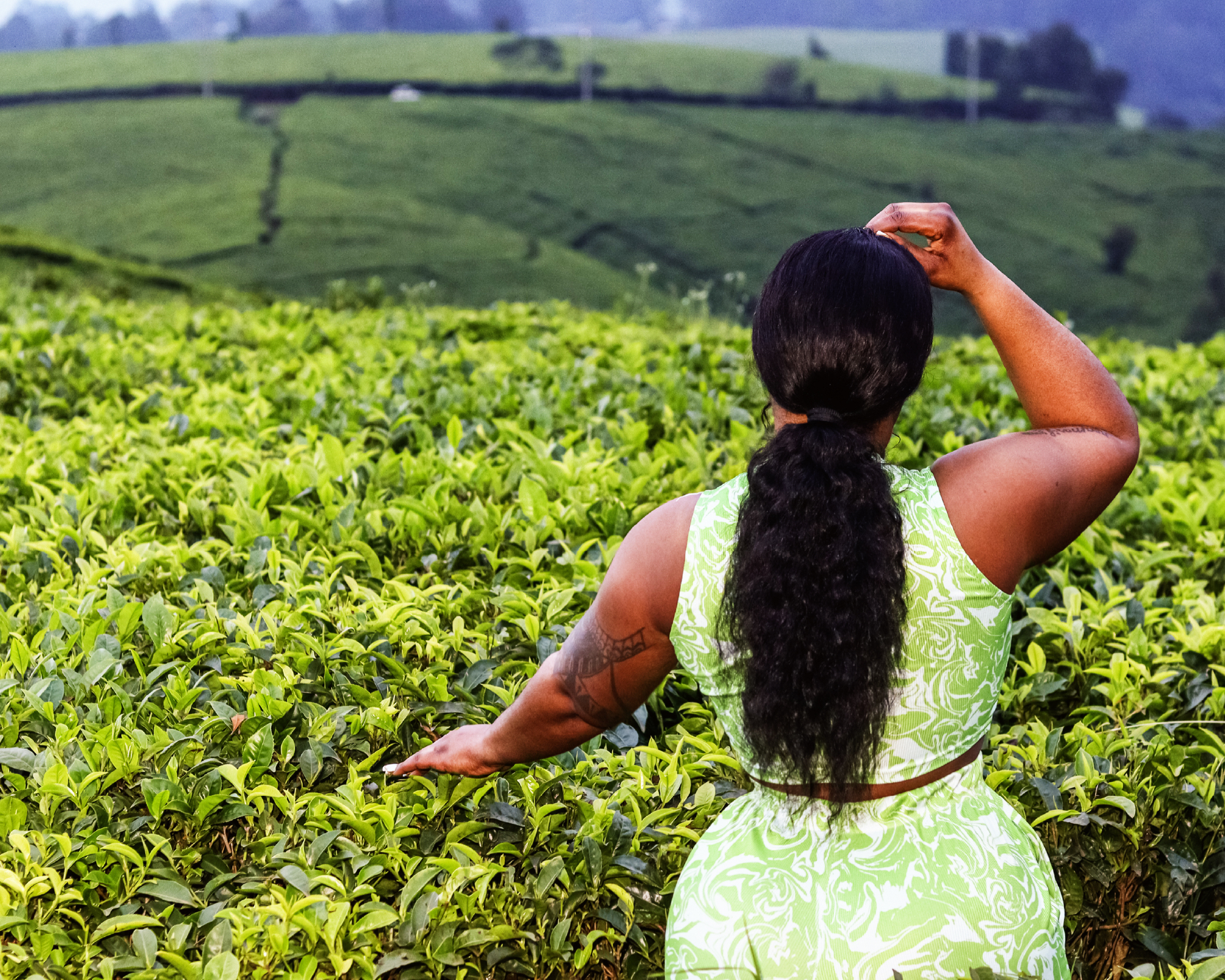In the heart of Karura Forest, there’s more than just fresh air and Instagram-worthy trails. As you wander deeper, where the sunlight struggles to break through the dense trees, you stumble upon something unexpected: wartime caves, hidden yet profoundly significant.
These caves, used during the Mau Mau uprising, aren’t just dark holes in the ground—they’re whispers of bravery, resilience, and survival. Imagine them as secret meeting points for freedom fighters, a space where strategies were whispered, and courage was forged in the face of overwhelming odds. You can almost feel the weight of their struggles in the air.
Walking through Karura, it’s impossible not to be moved. The forest itself feels like a guardian of secrets, its silence broken only by the occasional bird call or rustle of leaves. These moments make you pause, not just to take in the scenery, but to wonder: how many stories have been lost in the shadows of history, and how many are still waiting to be discovered?
The Unsung Architects of Our Heritage
For every celebrated figure in Kenyan history, there are countless others whose stories remain untold. Women, for instance, played roles that were equal parts daring and invisible. They were the messengers, the strategists, and sometimes even the silent rebels who kept the fight alive.
Picture a young woman, her headscarf tied tightly, carrying secret messages across colonial checkpoints under the guise of fetching water or firewood. These acts of bravery were small but monumental, and they remind us that speeches and battles don’t just shape history—it’s built on everyday acts of courage.
Even today, you can see their influence in how traditions have been preserved and adapted. From the way meals are prepared in rural kitchens to the intricate beading on Maasai jewelry, the fingerprints of these unsung heroes are everywhere.


Traditions That Tell Their Own Tales
Kenya’s history isn’t just written in books; it lives and breathes in our traditions. Think of the rhythmic beat of a drum during a village dance, or the vibrant patterns of kitenge fabrics draped over shoulders at a family gathering. These are more than cultural artifacts—they’re living stories passed down through generations.
Take Tigoni, for instance. On the surface, it’s a serene tea-growing area with lush green fields stretching as far as the eye can see. But dig a little deeper, and you’ll find a community that has woven its own traditions into the tea industry.
Families sing old Kikuyu folk songs as they pick tea leaves, turning what could be a monotonous chore into a celebration of heritage.
These moments remind us that even in the face of colonial exploitation, traditions survived. They became subtle acts of defiance, a way of saying, “We are still here, and we are still us.”
"History isn’t boring—it’s your origin story. Every object, every tradition, every mystery holds a clue to who we are." #ExploreWithQuinter #Legacy #LivingHistory
Echoes in Quiet Places
There’s something magical about standing in a place where history happened, even if plaques or statues do not mark it. The caves in Karura Forest, for instance, aren’t grand or imposing, but their simplicity is what makes them powerful.
It’s the same feeling you get walking through the tea fields of Tigoni or standing by an old market stall in Nairobi. There’s an unspoken connection to the past, a sense that the ground beneath your feet holds the weight of untold stories.
In these moments, history stops feeling like something distant and starts feeling deeply personal. It’s in the smell of the earth, the rustle of the leaves, and the quiet hum of life carrying on.

Celebrating the Forgotten
Kenya’s history is often told through the lens of its independence struggle, its leaders, and its landmarks. But the real beauty lies in the stories we rarely hear—the ones about everyday people, enduring traditions, and quiet acts of resilience.

These forgotten narratives are what give Kenya its soul. They’re the reason a walk in Karura feels more like a journey through time, and why a cup of tea in Tigoni tastes like more than just a beverage—it tastes like history.
Kenya’s history is often told through the lens of its independence struggle, its leaders, and its landmarks. But the real beauty lies in the stories we rarely hear—the ones about everyday people, enduring traditions, and quiet acts of resilience.
